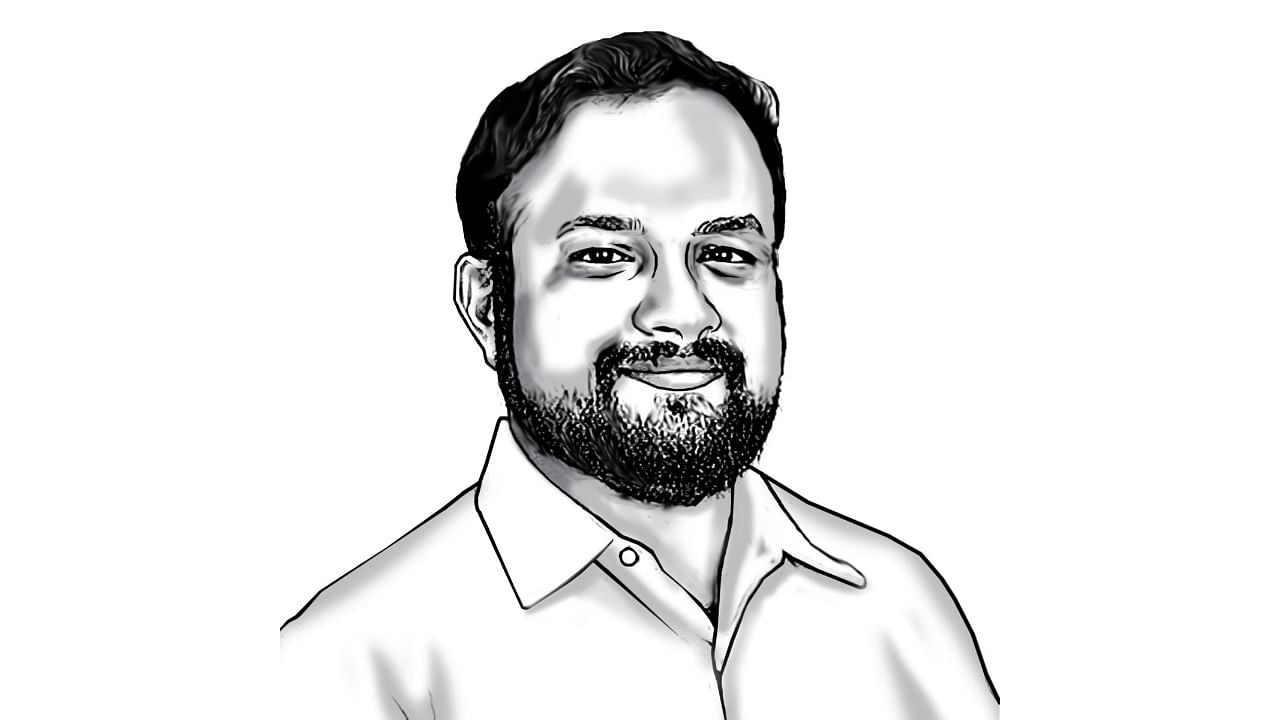Droupadi Murmu is set to be sworn in as India’s 15th President. She will be the First Citizen of the country, the Head of State, and the Commander-in-Chief of the Indian military. Yet, she will enjoy nowhere near the same level of constitutional or legal authority as President Joe Biden of the United States of America. What explains this difference between the President of India and the President of the US? The answer lies in a very conscious choice made by the Constituent Assembly.
While even a high school student of civics may tell you the difference between a presidential system and a parliamentary system of democracy, even seasoned scholars of constitutional law struggle to make informed comparisons between the two. For a lucid discussion on the relative merits of the two systems, look no further than Dr Ambedkar’s speech in the Constituent Assembly, delivered on November 4, 1948, when he introduced the Draft Constitution for the first time.
The President of India, Dr Ambedkar eloquently describes, “...is the head of the State but not of the Executive. He represents the Nation but does not rule the Nation. He is the symbol of the Nation.” While the Prime Minister and Cabinet Ministers serve in her name, the President does not actually pick them. On the other hand, the US President is the head of the government and head of State. She picks the Cabinet and they’re answerable only to her.
In comparing the parliamentary and presidential systems, Ambedkar points out that they both involve trade-offs between stability of government and accountability to the people. While both stability and accountability are necessary for a democratic system to function, different systems of government give different levels of importance to each. A parliamentary system offers more accountability (through parliament); the presidential system offers more stability (the tenure of the President is not affected by the majority in the legislature). A parliamentary system, Ambedkar pointed out, ensures daily and periodic accountability as the government needs support in the legislature, but a presidential system mandates accountability with elections every few years. He concluded by saying that the parliamentary system, with the President in the position of the King in the UK, is more suitable for a country like India in the interests of ensuring greater accountability.
While this was the theory and the text of the Constitution, the actual boundaries of the President’s powers were laid down in the first decade of independence. The first President, Rajendra Prasad, differed quite a bit with then Prime Minister Jawaharlal Nehru on what he thought was the scope of the President’s power. The conflicts, as Granville Austin puts it, were “at once substantive, institutional and personal”. Matters came to a head over the Hindu Code Bill -- drafted by Ambedkar and pushed by Nehru, but opposed by Hindu conservatives, including Rajendra Prasad. While Nehru commanded a solid majority in Parliament, Prasad threatened to stall or delay the coming into force of the Hindu Code Bill by refusing to sign it or referring it to the Supreme Court for its opinion on constitutionality. Before it turned into a constitutional crisis, a compromise was achieved -- significant parts of the Hindu Code Bill were diluted and passed as separate laws which Rajendra Prasad eventually assented to.
The conflict between Nehru and Prasad was not without its benefits, though. Even as the principles underlying parliamentary democracy were affirmed by Nehru’s eventual “win” with the Hindu Code Bill, Prasad showed what a determined President could do even while being “powerless”. Subsequent Presidents such as Giani Zail Singh, K R Narayanan and A P J Abdul Kalam asserted themselves in the public interest even within the limited scope of their duties.
Hearteningly, we have seen Murmu assert herself even against a BJP government when she was Governor of Jharkhand. She returned bills passed by the Jharkhand legislature to weaken constitutional and legal protections for Adivasis in the state, prompting a rethink from the government. One hopes that as the President of India, she will continue to stand equally firm when issues of the spirit of the Constitution arise.
